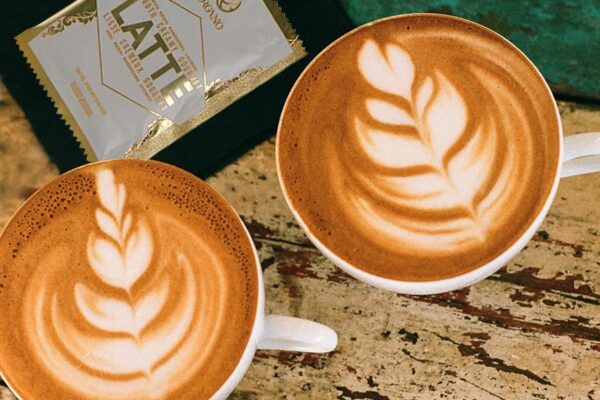Blog
How to Make Mushroom Tea With a Coffee Maker
Mushroom tea has quickly become one of the newest trends in hot beverages. Popular among coffee fans looking to reduce caffeine without compromising flavor or mental clarity, mushroom tea offers many advantages that include reduced stress levels, better sleep quality and increased immunity.
Preparing mushroom tea is similar to making traditional herbal, black or green tea, using either whole mushrooms or powder form combined with various aromatics for flavor enhancement. A coffee maker is suitable for making this delicious alternative caffeinated beverage at home for anyone interested in trying it for themselves!
Some brands provide tea bags containing various varieties of mushroom. These make use simple, while helping keep flavor consistent across a drink. Some even feature ingredients like ginger, cinnamon or turmeric to add extra flavors for an enhanced experience.
Others offer loose-leaf options that are easier to prepare in a coffee maker, though this requires additional work from consumers. Although these teas require additional preparation effort on behalf of consumers, they’re generally considered higher quality; examples include organic chaga sourced from Siberian birch tree forests or reishi mushrooms with adaptogenic properties.
Companies also produce mushroom tea blends to provide specific health benefits of each mushroom species chosen; for instance, lion’s mane has long been recognized for enhancing cognitive functioning while cordyceps is said to increase exercise performance while reishi has relaxing properties which help promote restful sleep.
Blends are produced through the same process as single-ingredient teas, yet allow for more precise dosing. This makes them especially helpful to people new to supplementation who wish to ease into it gradually. Hot and cold-brewed versions are usually available – with the former tending toward having stronger flavors than their cold-brewed counterparts.
Notably, “tea” does not refer to true tea from Camellia sinensis plants in exactly the same manner when applied to mushroom tea, which comes from other herbs and fruits like hibiscus flowers; rather it refers to infusions typically known as tisanes that include herbal and botanical teas that do not come directly from Camellia sinensis plants; rather they can even include roots such as carrots and beets to produce something known as mushroom tea tisanes that provide dosing flexibility as well as health benefits that go beyond anything true tea provides.



